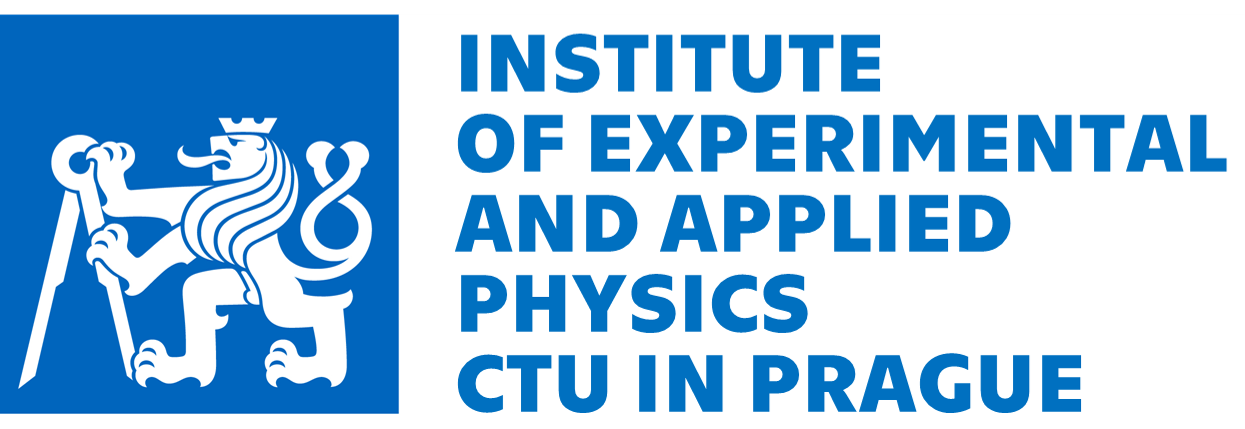
Liquid-Metal-Jet And High-Resolution X-Ray Source Technology For Imaging
Emil Espes
Excillum AB (Sweden)
Abstract: The power and brightness of electron-impact micro-focus X-ray tubes have long been limited by thermal damage in the anode. This limit is overcome by the liquid-metal-jet anode technology that has previously demonstrated [1] brightness in the range of one order of magnitude above current state-of-the art sources. This is possible due to the regenerative nature of this anode and the fact that the anode is already molten, which allows for significantly higher e-beam power density compared to conventional solid anodes.
Over the last years, the liquid-metal-jet technology has developed from prototypes into fully operational and stable X-ray tubes running in many labs over the world. Key applications include X-ray diffraction and scattering, but recently several publications [2], [3], [4], [5] have also shown very impressive X-ray microscopy results using the liquid-metal-jet anode technology, especially in phase contrast imaging.
To be able to benefit from the higher power-loading capability of the liquid-metal-jet anode, advanced electron optics have been developed. Based on this advanced electron optics, a new nanofocus x-ray tube is developed combined with a tungsten coated diamond transmission target. This unique nanofocus x-ray tube is designed to achieve line-spacing resolution of 150 nm.
This presentation will review the status of the liquid-metal-jet technology specifically in terms of stability, lifetime, flux and brightness, with a clear focus on its applicability for X-ray imaging. It will also discuss details of the liquid-metal-jet technology, its limitations and refer some recent data from relevant applications. Furthermore, it will review the state of the development and applications of the high resolution nanofocus x-ray tube [6,7].
References
[1] O. Hemberg, M. Otendal, and H. M. Hertz, L (2003). Applied Physics Letter 83, 1483.
[2] D. H. Larsson; U. Lundström; U. Westermark; P. A. C. Takman; A. Burvall; M. Arsenian Henriksson; H. M. Hertz (2012). SPIE Proceedings Vol. 8313 Medical Imaging 2012: Physics of Medical Imaging.
[3] Simon Zabler; Thomas Ebensperger; Christian Fella; Randolf Hanke (2012). Conference on Industrial Computed Tomography 2012, Wels, Austria
[4] T. Thüring; T. Zhou; U. Lundström; A. Burvall; S. Rutishauser; C. David; H. M. Hertz; M. Stampanoni (2013). Applied Physics Letters 103, 091105.
[5] Matthias Bartels; Victor H. Hernandez; Martin Krenkel; Tobias Moser; Tim Salditt (2013). Applied Physics Letters 103, 083703.
[6] M. Muller, I Oliveira, S. Allner, S. Ferstl, P. Bidola, K. Mechlem, A. Fehringer, L. Hehn, M. Dierolf, K. Achterhold, B. Gleich, J. U. Hammel, H. Jahn, G. Mayer, F. Pfeiffer (2017). PNAS Proceedings, Vol. 47, 12378.
[7] M. Busse, M. Muller, M. A. Kimm, S. Frestl, S. Allner, K. Achterhold, J. Herzen, F. Pfeiffer, (2018) PNAS proceedings, in press.
Seminar takes place on Wednesday, May 30th 2018 at 2:00 PM
in the IEAP meeting room, Praha 2 ‐ Albertov, Horská 3a/22.
| doc. Dr. André Sopczak seminar organizer |
doc. Ing. Ivan Štekl, CSc. director of IEAP |
doc. Dr. André Sopczak IEEE CS - NPSS chair |
 NUCLEAR & PLASMA SCIENCES SOCIETY CHAPTER
NUCLEAR & PLASMA SCIENCES SOCIETY CHAPTER
IEEE Czechoslovakia section
http://www.ieee.cz/en/nps

